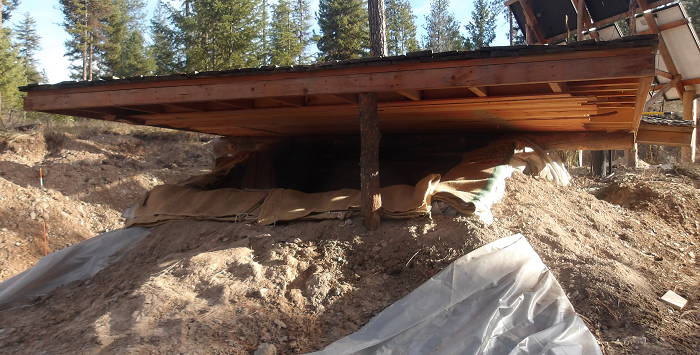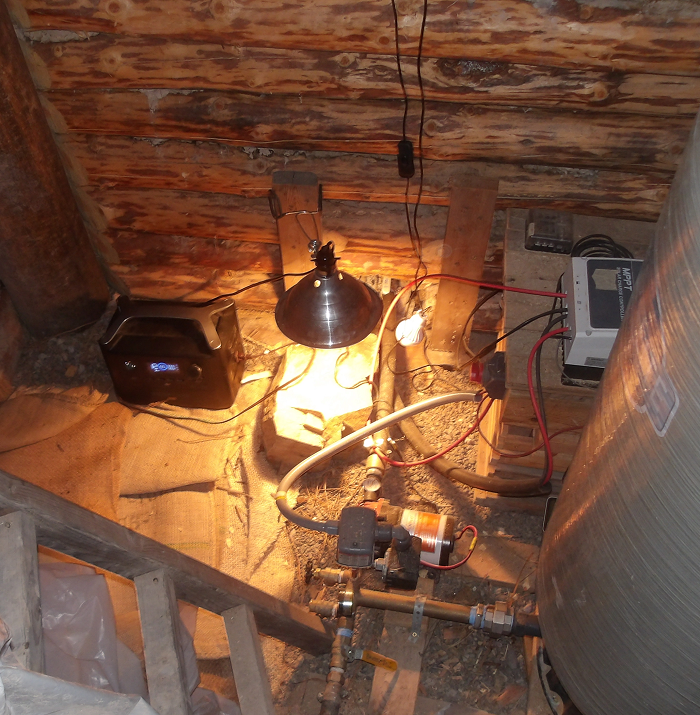
 2
2








"We carry a new world here, in our hearts..." --Buenaventura Durruti
"Don't wish it were easier. Instead, wish you were better." --Jim Rohn
 2
2




To be is to do …Kant
To do is to be ..Nietzsche
Do be do be do…Sinatra
 3
3




Visit Redhawk's soil series: https://permies.com/wiki/redhawk-soil
How permies.com works: https://permies.com/wiki/34193/permies-works-links-threads
 6
6




I make a Maple Syrup instructional movie! Check it out HERE
SKIP books, get 'em while they're hot!!! Skills to Inherit Property
See me in a movie building a massive wood staircase:Low Tech Lab Movie
 5
5





 5
5




Hans Albert Quistorff, LMT projects on permies Hans Massage Qberry Farm magnet therapy gmail hquistorff
 3
3




“The most important decision we make is whether we believe we live in a friendly or hostile universe.”― Albert Einstein
 3
3




De-fund the Mosquito Police!
Become extra-civilized...
 2
2




 3
3





"We carry a new world here, in our hearts..." --Buenaventura Durruti
"Don't wish it were easier. Instead, wish you were better." --Jim Rohn
 3
3




I make a Maple Syrup instructional movie! Check it out HERE
SKIP books, get 'em while they're hot!!! Skills to Inherit Property
See me in a movie building a massive wood staircase:Low Tech Lab Movie
 2
2




Organic hay or straw can be pretty pricey. Wilderness emergency shelters often use evergreen tree boughs to cover a frame. Are those any easier to get?Mike Haasl wrote:Do you need to get into it over winter? Could you bury the whole thing in a foot of hay/straw and then uncover in the spring?
Visit Redhawk's soil series: https://permies.com/wiki/redhawk-soil
How permies.com works: https://permies.com/wiki/34193/permies-works-links-threads
 2
2




Nails are sold by the pound, that makes sense.
Soluna Garden Farm -- Flower CSA -- plants, and cut flowers at our farm.




I make a Maple Syrup instructional movie! Check it out HERE
SKIP books, get 'em while they're hot!!! Skills to Inherit Property
See me in a movie building a massive wood staircase:Low Tech Lab Movie




Mike Haasl wrote:So the only nighttime power you have is in batteries you bring to the site? Or do the solar panels support a battery bank somewhere at the well also?
"We carry a new world here, in our hearts..." --Buenaventura Durruti
"Don't wish it were easier. Instead, wish you were better." --Jim Rohn
 1
1




De-fund the Mosquito Police!
Become extra-civilized...
 2
2




Kenneth Elwell wrote:What's the water temperature from the well? And is there a use for water downhill from the well house? Here's an idea: barrel or stock tank in the well house with a float-fill-valve or float switch, and a metered drain house leading "somewhere" (wofati greenhouse, daylight, sump pit, ice making for wofati freezer?)... pump fills tank with groundwater at "X" unfrozen temperature, which acts as a thermal mass for the time it takes to trickle away, then is refilled... so the pump runs intermittently (possibly also thermostatically controlled) to refill the tank, ideally feeding some downhill use...
"We carry a new world here, in our hearts..." --Buenaventura Durruti
"Don't wish it were easier. Instead, wish you were better." --Jim Rohn
 2
2






"We carry a new world here, in our hearts..." --Buenaventura Durruti
"Don't wish it were easier. Instead, wish you were better." --Jim Rohn
 2
2




“The most important decision we make is whether we believe we live in a friendly or hostile universe.”― Albert Einstein
 1
1




De-fund the Mosquito Police!
Become extra-civilized...
 2
2








"The best fertilizer is the gardener's shadow"
Anonymous Agrarian Blog
 3
3









|
Do not set lab on fire. Or this tiny ad:
Learn Permaculture through a little hard work
https://wheaton-labs.com/bootcamp
|






